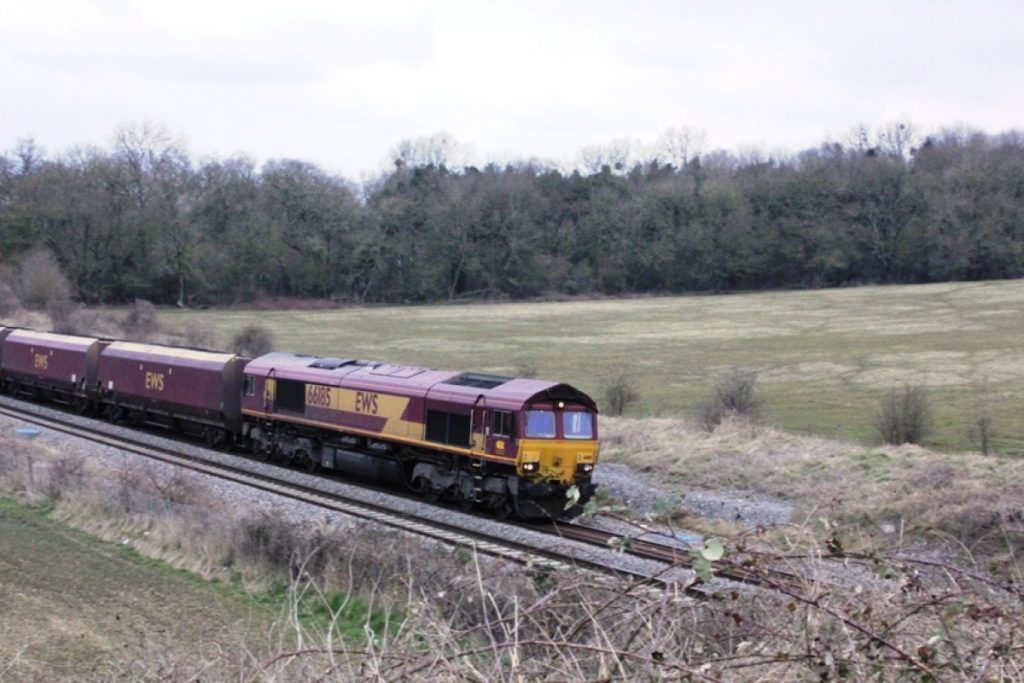Rail freight braced for higher charges
By Nathan Coyne
The rail freight sector should brace itself for increased track access charges after the chair of the Office for Rail Regulation (ORR) claimed that it repays less than a third of the costs it creates on the network.
The industry generates £280 million of costs but it repays less than 30%, according to Anna Walker who will next week publish a draft determination on the price freight operators should pay to use the rail network for the next five years.
While giving nothing away about the detail of the ORR's review, which will be published on Wednesday June 12th, the tone of her speech to the Rail Freight Group's (RFG) annual conference made clear that freight operating companies are going to have to pay a higher price than they do at present.


These sentiments were echoed by transport minister Stephen Hammond who told the conference that while the industry has already "achieved impressive efficiency gains", this "process needs to continue".
Responding on behalf of the industry, the RFG's Maggie Simpson said they were "hoping [the ORR] will take the right decisions – decisions to support the sector, not decisions that will undermine it".
Opening the conference, Hammond said transport had attracted a much higher profile under this government. It was "no longer a backwater" and was seen as "a core economic ministry".
There had been an "unprecedented commitment to rail in this country", he added, and investment would benefit the rail freight industry as well as passenger operations.
He emphasised the government's support for freight through initiatives such as the £200 million funding for the strategic freight network, which has also been confirmed for the next funding period between 2014 and 2019, and investment in the "electric spine" – electrifying the line between Southampton and Sheffield.
Hammond also said that the imminent publication of a green paper on roads, and the need to "listen to the reaction on that", was the reason for the delay to a national policy statement on transport networks.
He urged the industry to engage with the DfT in the review of the modal shift revenue support grant which will determine the level of government support for shifting freight from road to rail and water beyond 2015.
Companies such as Tesco, through their operations at Daventry, are using rail not because it's "greenwash", but because it provides "benefit to operating profit line".
But the fear in the industry is that this could be altered if track access charges are increased to levels that make rail uneconomical in competition with road.
Rail funding is broken down into control periods, each covering five years. The current control period, CP4, runs until the end of March 2014, so discussions are taking place about track access pricing in CP5, which runs from April 2014 until 2019.
Anna Walker said the ORR has put in an "enormous amount of work into at what point would a charging structure lead to a move to road instead of rail", adding that "we do not believe our proposals will lead to that".
Preparing the ground for the likely rise in charges to be detailed next week, Walker highlighted that during CP4 freight companies have enjoyed 35% lower access charges than in the previous control period.
The wear and tear on the network caused by freight trains "is more significant than first thought", she said, explaining that the industry only pays 30% of the £280 million costs it visits upon the network, and it is "primarily the taxpayer that covers the rest of the costs".
Freight companies currently pay a "significant variable user charge", but "you don't pay towards the fixed charge" of maintaining the network, she told industry representatives.
In the strongest hint of what is to come when the draft strategy is published, she said the ORR has "listened and understood" the concerns of the industry, but was "not sure you will necessarily agree" with the outcome of the review.
Freight companies will be asked to respond to next week's draft determination by September, with a final determination to be published on October 31st 2013.
By the end of June the ORR also intends to publish a long term regulatory statement, Walker revealed, mapping out its direction beyond the end of the next control period.

